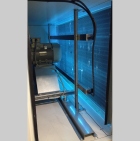Gibbons applies UV-C light to odour problem

Faced with an odour problem in a recently constructed property on a new £25 million college development, a national contractor called in Gibbons Ultraviolet solutions. The Gibbons team recognised the constant, offensive odour as so-called ‘dirty-sock syndrome’ being harboured by the HVAC system.
The contractor had undertaken some initial sampling through the HVAC system and undertaken what was believed to be a full system clean. The samples pointed to a bacterial issue in the system, and the problem remained for several months until Gibbons was contacted.
Pre-work tests looked specifically at the AHU cooling coil. Samples were taken as cultures and showed a mould growth, highlighting the need for disinfecting the coil and the surrounding area. The pressure drop across the coil was also recorded.
UV-C light has been used for many years to control viruses, mould and micro-organisms by breaking down their DNA. For this project, Gibbons used a UV-C lamp array to dose the cooling surface, with the UV-C light passing through the coil to disinfect its entire surface.
The client reported that the odour problem had been resolved. Gibbons engineers returned to site after 60 days of operation and found no growth on the sample.







